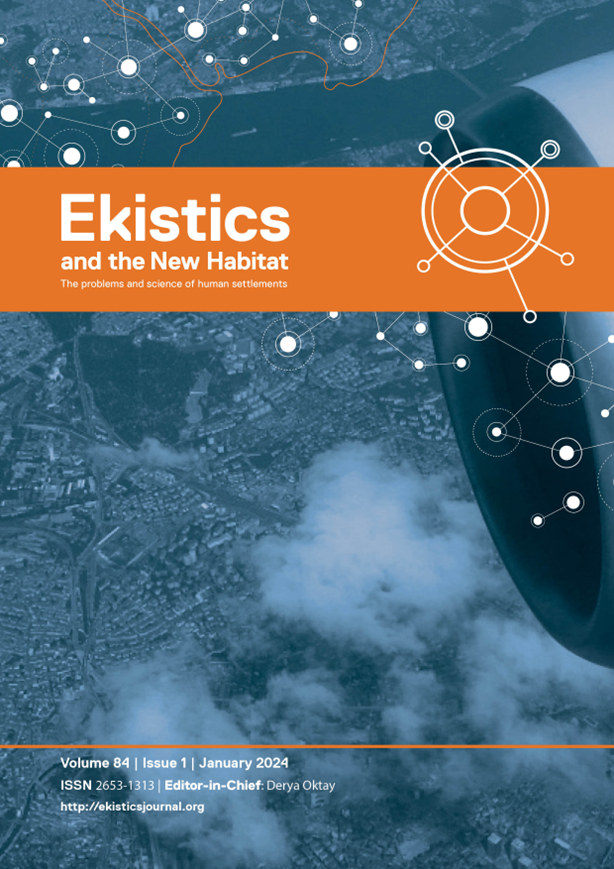Shifting urban design paradigms in the development of two New York projects: Battery Park City and Hudson Yards
DOI:
https://doi.org/10.53910/26531313-E2024841677Keywords:
Design paradigm, politics, finances, New YorkAbstract
Two major property developments in Manhattan, New York City illustrate the evolution of urban design paradigms since World War Two. Both projects evolved over time beginning in the mid-1950s. The first, Battery Park City in Lower Manhattan, was finally built according to a 1979 master plan prepared for and controlled by a public benefit corporation while the second, Hudson Yards, is following a 2008 master plan prepared for a public agency but controlled by a private company. The first was built out by 2012 while the first phase of the second was completed in 2019. The former was a public sector project strongly promoted by private interests; the latter was and remains the largest private development in the history of the United States. Both schemes were beset with political and financial travails that are manifested in the series of urban design proposals made for their sites. The implemented schemes represent two diametrically radically different urban design paradigms. Battery Park City is a neo-traditional urban design that set out to be New York in character; Hudson Yards is an international hypermodern design that reflects the global neo-liberal competitive spirit of the early twenty-first century. The two paradigms represent different socio-economic attitudes and ideas of what makes a good inner-city environment.
Downloads
Published
How to Cite
Issue
Section
Categories
License
Copyright (c) 2023 Ekistics and The New Habitat

This work is licensed under a Creative Commons Attribution-NonCommercial-NoDerivatives 4.0 International License.
Please contact the Editor-in-Chief: editor@ekisticsjournal.org, should you have any questions on copyright for your submission.
This research journal is for Educational and Knowledge development purposes.
All material published on this site complies with our copyright and terms as described by the Attribution-NonCommercial-NoDerivaties 4.0 International (CC BY-NC-ND 4.0)






